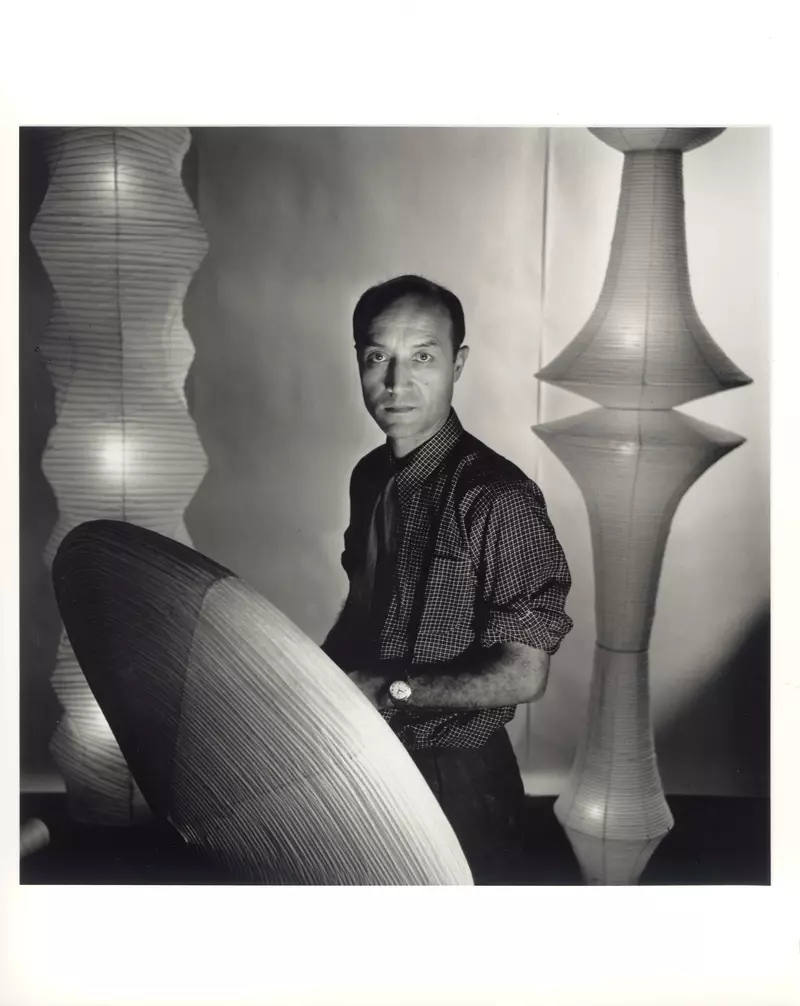
Of Lamps and Public Places: Noguchi's experimental sculptures
The US sculptor and designer Isamu Noguchi is considered one of the most versatile and experimental artists in his medium. From 23 September, in the exhibition of the same name, the Zentrum Paul Klee in Bern presents him as a citizen of the world who combined influences from the USA, Japan and Europe.

In the USA, Isamu Noguchi (1904-1988) is regarded as a pioneer who did not see the landscape as a background for sculptures but as an essential component of works of art. Along with a few other sculptors, Noguchi served as a model for the Land Art that emerged in the 20th century. At the same time, the artist with Japanese roots attracted attention as an experimental designer. Materials such as stone, bronze, aluminium and ceramics form the basis for both his works of art and his design pieces. From 23 September to 8 January, the Zentrum Paul Klee in Bern is dedicating an exhibition of the same name to Isamu Noguchi. It presents a unique oeuvre that combines diverse techniques and traditions from the USA, Japan and Europe.
Noguchi was born in Los Angeles and worked as an assistant to Constantin Brancusi in Paris for two years from 1927 as part of the Guggenheim Fellowship. There he learned in particular the sculptural handling of wood and stone. As early as 1929, Noguchi had his first solo exhibition in New York and was able to establish himself as a sculptor and designer in the following decades. He took part in the documenta twice (1959 and 1964) and represented the USA at the Venice Biennale in 1986.

Dive deeper into the art world
Berlin around 1800: a new cultural center
In a major special exhibition, the Neuhardenberg Castle Foundation is bringing visitors closer to a special period of Berlin's heyday: Berlin Classicism around 1800, an era of cultural renewal. Aufbruch 1800 ('1800 – the dawning of a new era') Art and society during the emergence of Berlin classicism opens on March 29.
The return of a polymath
The National Gallery in London is dedicating its first major solo show in the United Kingdom to Mexican artist José María Velasco. The polymath, famous in his homeland, was also renowned in Europe and the USA in the 19th century. José María Velasco. A View of Mexico opens on March 29.
















